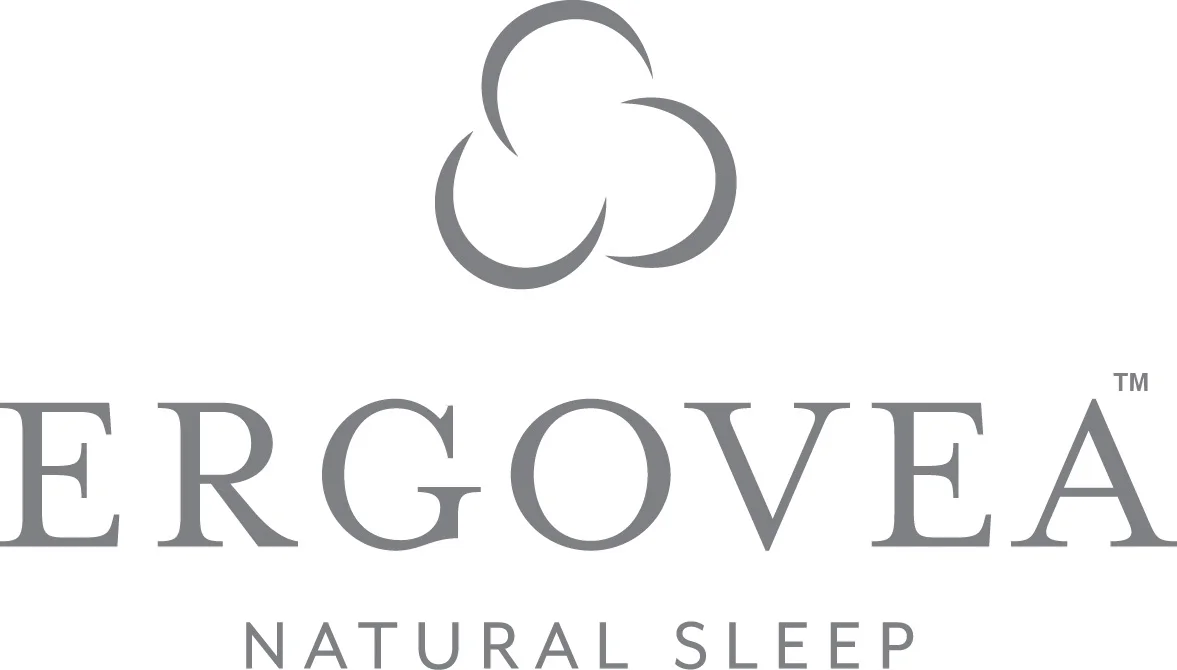How & Why To Buy Green & Organic Textiles
Source: Furniture World Magazine
1. Choose fabrics that are "organic fabrics" not simply fabric made from organic fibers. There is a big difference between an organic cotton T-shirt and an organic textile T-shirt. What is the difference? The fiber, organic cotton, used to make the fabric may have been raised with regard to health and safety of the planet and people; but the production of the fabric from the cotton was not. There are many steps in the production of fabric AFTER the raising or extraction of the raw fiber material. Textile production steps can include carding, retting, scouring, bleaching, spinning, weaving, dyeing, printing, and finishing. These steps use a lot of two things: chemicals and water.
Water is used at every stage in fabric manufacturing: to dissolve chemicals to be used in one step,then to wash and rinse out those same chemicals to be ready for the next step. Chemicals needed in fabric production weigh between 10% to 100% of the weight of the fabric. The production of the fabric covering your sofa required between 4 and 20 pounds of chemicals. The chemically infused effluent -saturated with dyes, de-foamers, detergents, bleach, optical brighteners, equalizers and many other chemicals - is often released into the local river, where it enters the groundwater, drinking water, the habitat of flora and fauna, and our food chain. As Gene Lisa has said, "There is not a 'no peeing' part of the swimming pool." We're all downstream.
Many of these chemicals are known to cause profound health problems in humans; when theyhave been tested for toxicity at all. The Toxics Release Inventory of the US EPA reports that over 25,000,000 lbs. of toxic chemicals were released by US textile mills in 1995: that's 25,000,000 lbs of just the chemicals classified as toxic by the not very aggressive US government - and those are the toxic chemicals produced in the US alone. The US textile industry is almost non-existent. Imagine what the Chinese mills are doing.
2. Search for a fabric or product that is certified by any textile certification agency. There are lots of different competing textile certifications right now, so the scene is currently confusing. But any of them -GOTS (The Global Organic Textile Standard), Blue Sign, Cradle to Cradle, Green Guard, the EU Eco-Label or Flower, Oeko-Tex - are a good choice right now. (Both GOTS and Blue Sign include fair tradeand workers' rights considerations.) Any of them are a good choice because there are so few fabrics thatare certified; and you're buying any one of the certifications lifts all boats right now.
3. Buy "bast" or other more eco-friendly fibers. Do look for organic textiles, but the certification is brand new, so don't expect to find much in the very near future. In the absence of a GOTS (GlobalOrganic Textile Standard) fabric as a practical choice, pay attention to the fiber used in any textile you buy. Currently conventionally raised cotton (versus organic cotton) and synthetic fibers (those made from petroleum are the world's most popular fibers by far...

